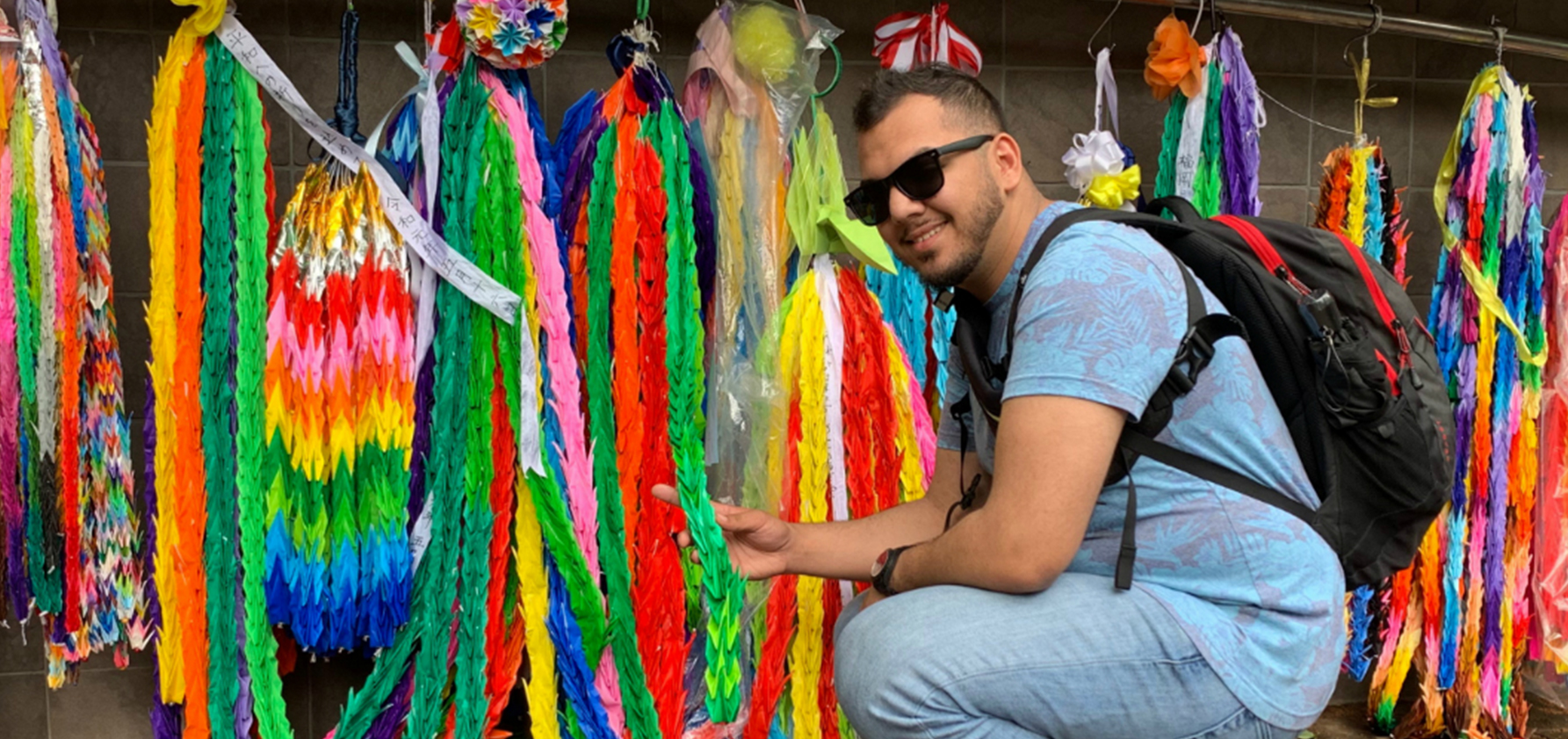
The past two weeks in Japan have been one of the most memorable two weeks of my life. I never would have thought that out of the 195 countries in the world, I would have gone to Japan; it was 100 percent the right country for me to visit.
The culture in Japan is so different than the culture in the U.S.; the people are so respectful and peaceful. Peace is very important in Japan, especially after the dropping of nuclear missiles on Hiroshima and Nagasaki in 1945. The aftermath from the nuclear missiles was a huge mess and caused much damage and pain to the people. The nuclear missiles burned around 70 percent of all buildings and caused an estimated 140,000 deaths in Hiroshima and 74,000 deaths in Nagasaki.
Learning about World War II in high school was all about the history of the U.S., not Japan, and Japan was portrayed as the bad guy. Going to Japan and visiting museums was one of the most amazing experiences and so eye-opening. Learning about the other side of history—which is not so much taught in our schools—is very important because if you know the whole story it can really make you think and have a truer sense of understanding.
Visiting the museums and listening to the Hibakusha’s (atomic bomb survivors) stories in Nagasaki and Hiroshima was a very emotional experience for me. When I was walking around the museums I was surrounded by the stories of the atomic bomb victims, as well as the before and after effects from the bomb. I was very touched by the photos and couldn’t believe how we as human beings can cause so much pain to other human beings and be so cruel to one another.
There were so many pictures of burnt Japanese victims and when we went to listen to the atomic bomb survivors it really made me extremely emotional. When we went to the Nagasaki atomic bomb museum we had the honor of meeting a Hibakusha. The Hibakusha was telling his story about his entire family dying due to the atomic bomb’s radiation and heat when he was only seven years old. I started bawling my eyes out and when he said, “I had no mother, no father, no family, I was left an orphan,” I really started to imagine what it would be like if I was that seven-year-old boy and was left an orphan. I can’t imagine how I would go through life and in that moment I started crying even more.
In Hiroshima we visited the ANT-Hiroshima, where we learned about the Hibakujumoko, the trees that survived the atomic bomb. The ANT-Hiroshima is dedicated to international peace building through a range of grassroots activities related to peace, cooperation, education, and public awareness. There were so many trees that survived the atomic bomb; for example the C-type tree, which is a symbol of recovery and resilience. It was eye-opening how the radiation affected the trees and how the hypocenter tilted the trees. The affected side where the hypocenter hit the tree changed the tree’s DNA, which also changed the leaves on one side, leaving the other side normal.
I found it very interesting to learn about how the radiation affected the trees and it also made me think of how it affected the Hibakushas. The atomic bomb survivors also suffered from radiation damage, which changed their DNA. This DNA change can cause a range of cancers and heart disease. I learned that scientists at the Radiation Effect Research Foundation (RERF) are still studying the Hibakushas and looking for any radiation effects in them and and their offspring.
When studying the trees closely, I observed the different bumps on the affected leaves. The bumps were cancer and I never knew that trees could get cancer. I asked one of the ANT-Hiroshima tour guides and she told me that if you cut the bumps off any tree the tree can get infected with bacteria and eventually die.
Learning about the history of Japan, visiting museums, and listening to the Hibakusha’s stories made me realize the reason why peace is so important in Japan. It also made me wonder why we still have nuclear weapons. I believe that nuclear weapons only cause pain and destruction to living species, especially after listening to the Hibakushas and studying the Hibakujumoko.
I know that trees cannot speak for themselves, but if you look closely at a tree you can see its scars, and scars always have a story. The Hibakushas also have scars—scars can never go away because you cannot forget about past experiences, but you can always move forward. I hope that one day nuclear weapons can be erased from existence. It might not happen in my generation, but I hope it happens in my children’s generation.